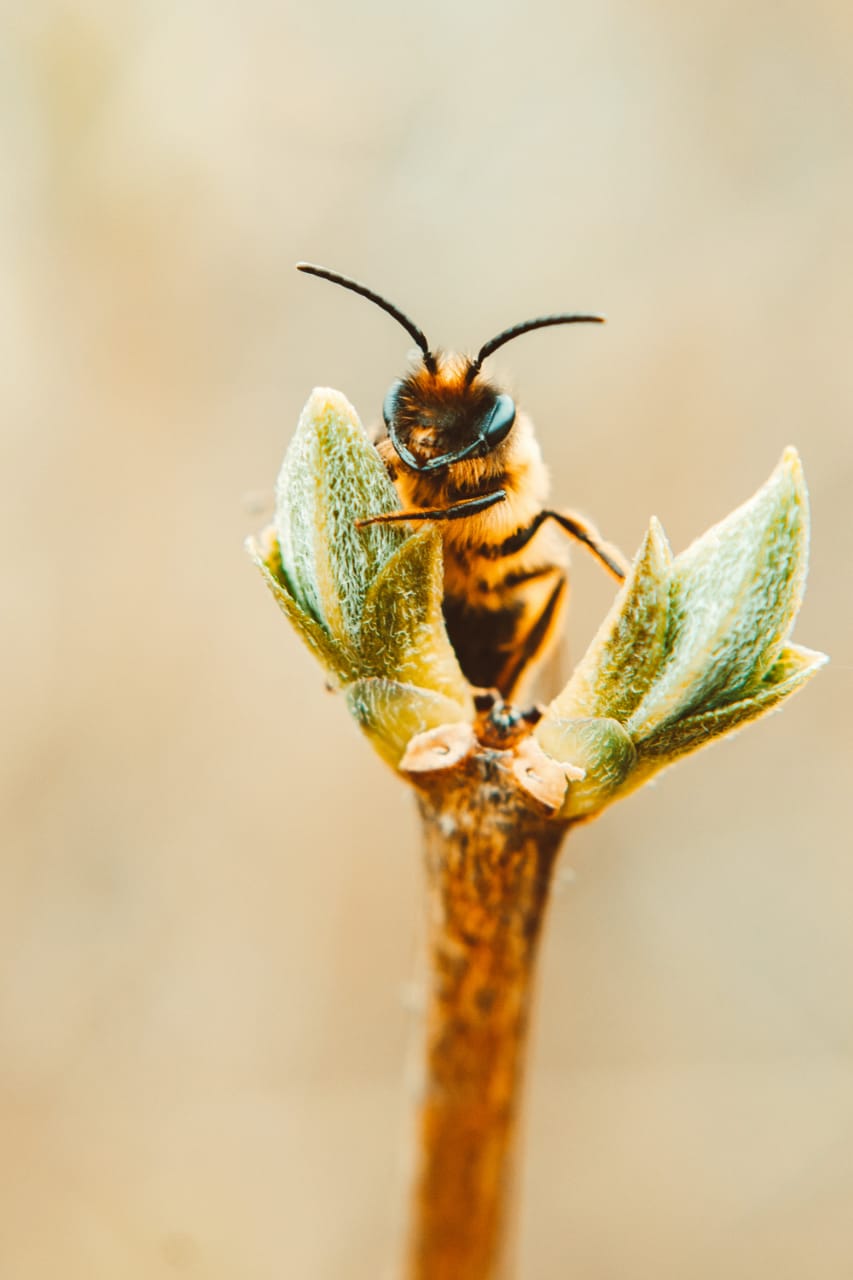

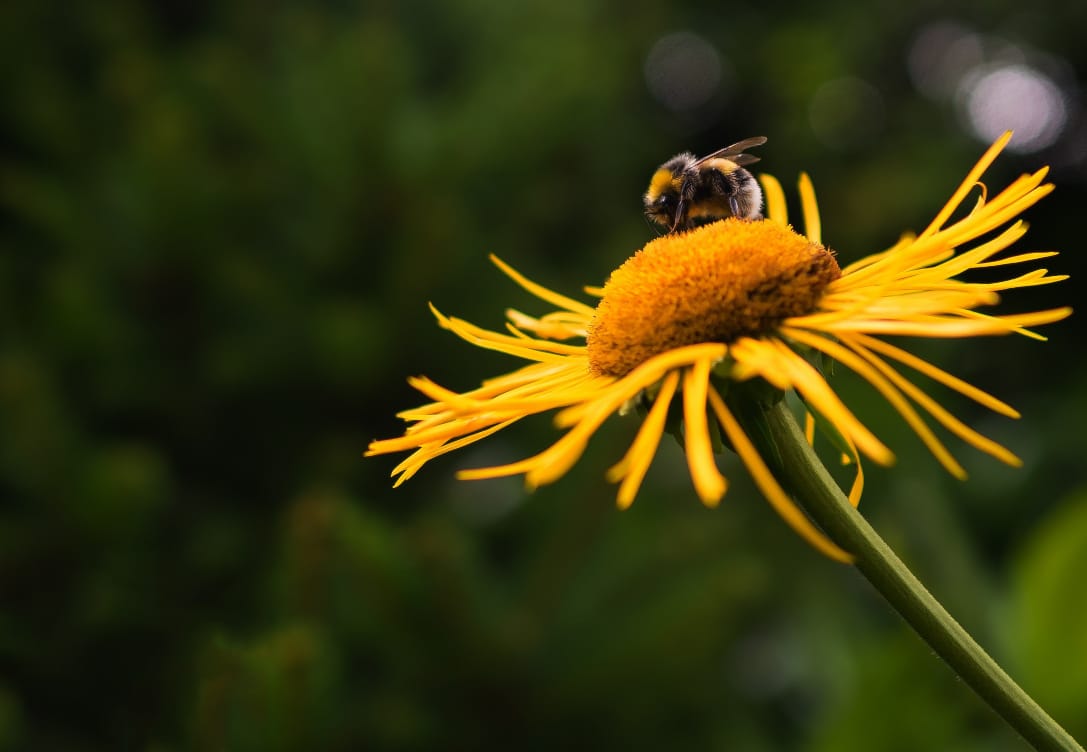
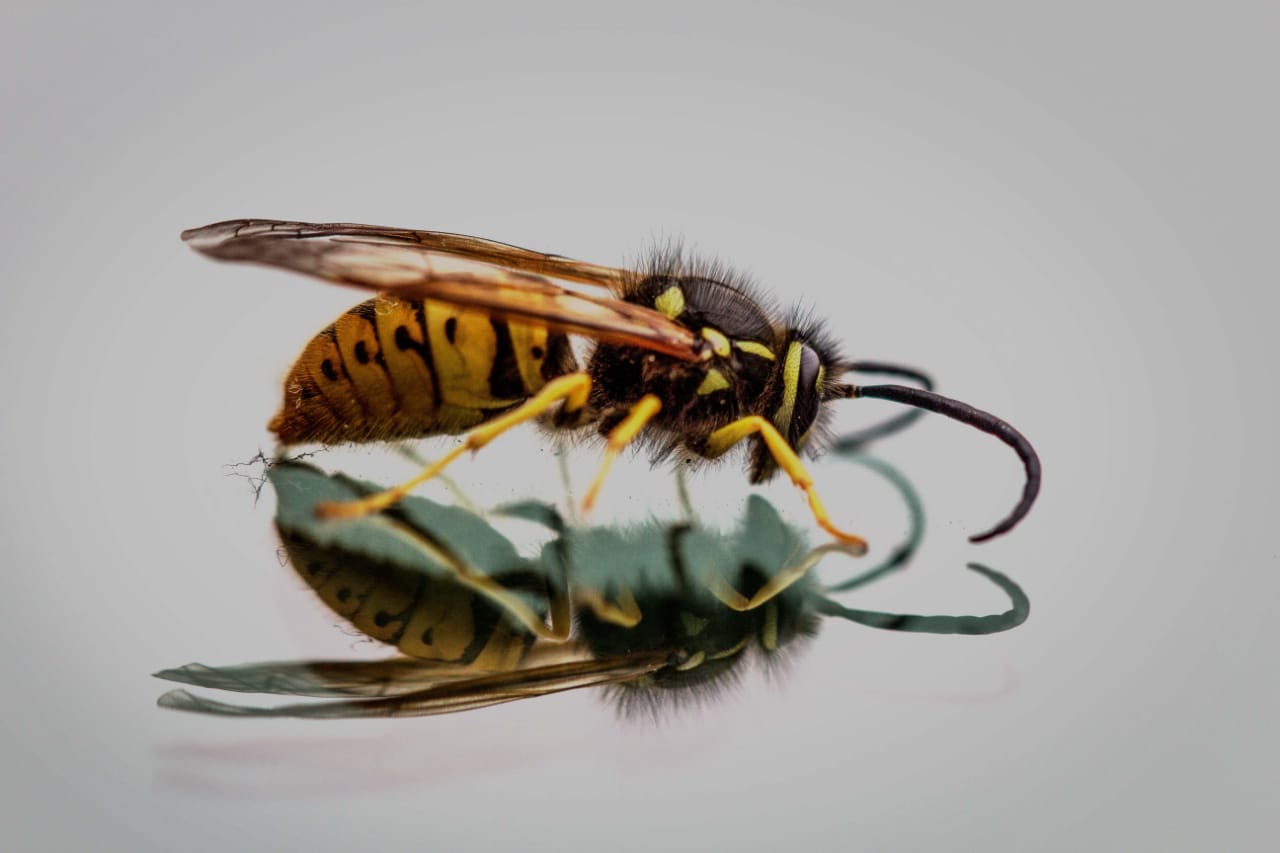
bee
The bee's stinger is an ovipositor. The ovipositor is part of the female bee's reproductive system. The queen bee lays eggs through her ovipositor but can also sting with it. Female worker bees are sterile and do not lay eggs.
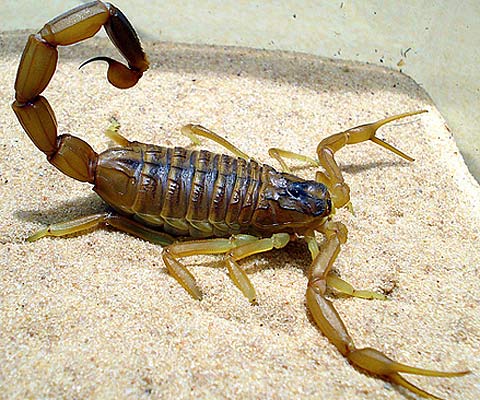
scorpion
corpions can sting repeatedly but must have time to replenish their venom. The curved scorpion stinger is found at the end of a scorpion's arched tail, and is used to paralyze and kill any of a scorpion's prey, such as insects and spiders.

mauve stringers
The mauve stinger is a small jellyfish, but it certainly packs a powerful punch, with long tentacles and warty structures on its ‘bell’ full of stinging cells. Small crustaceans known as amphipods hang out inside the ring of tentacles and are able to survive unharmed.
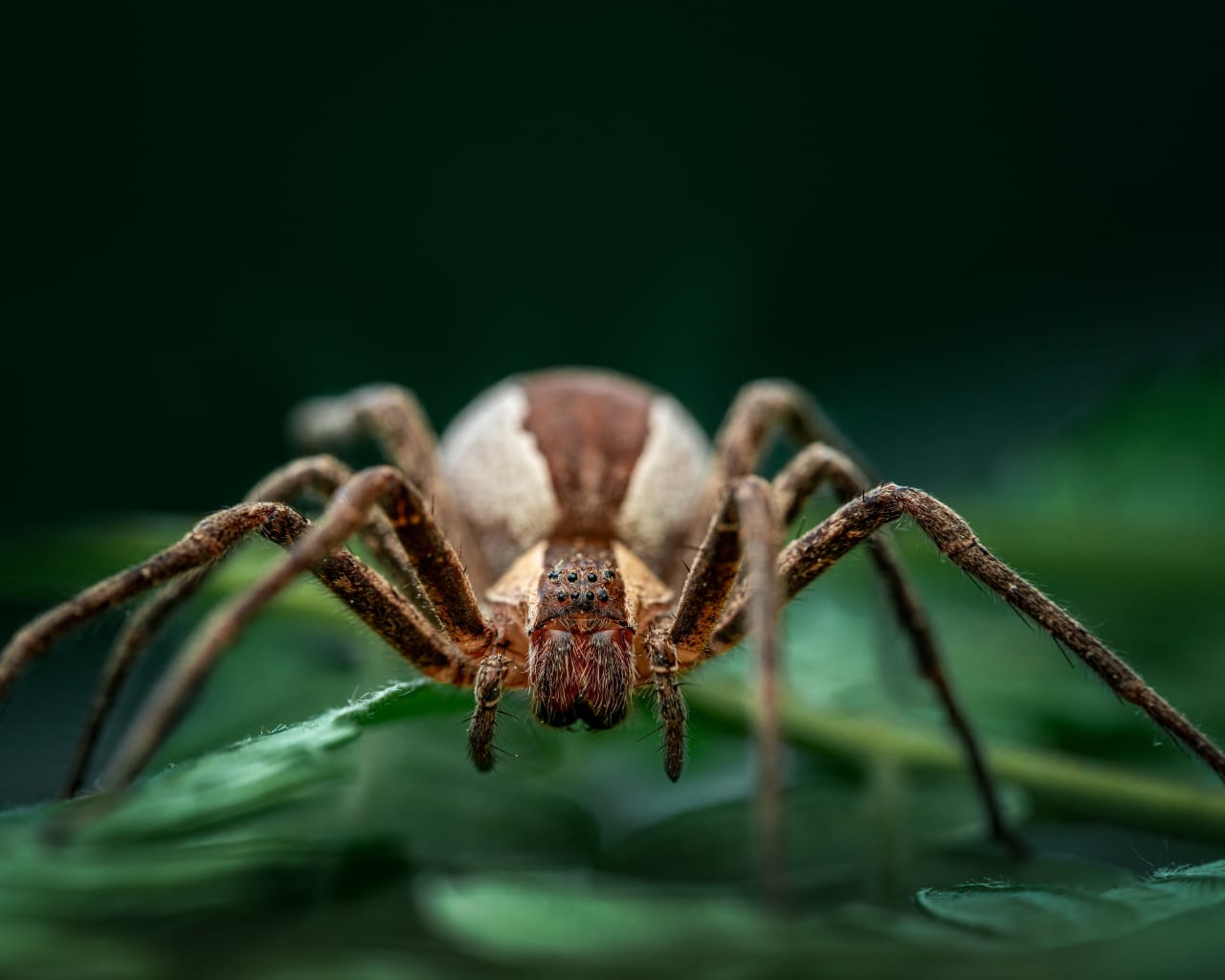
spider
The Spider Queen's Stinger is a Bow crafted with Arachne resources. Its Arrows have an aura around them dealing damage to nearby Enemies based on Strength.
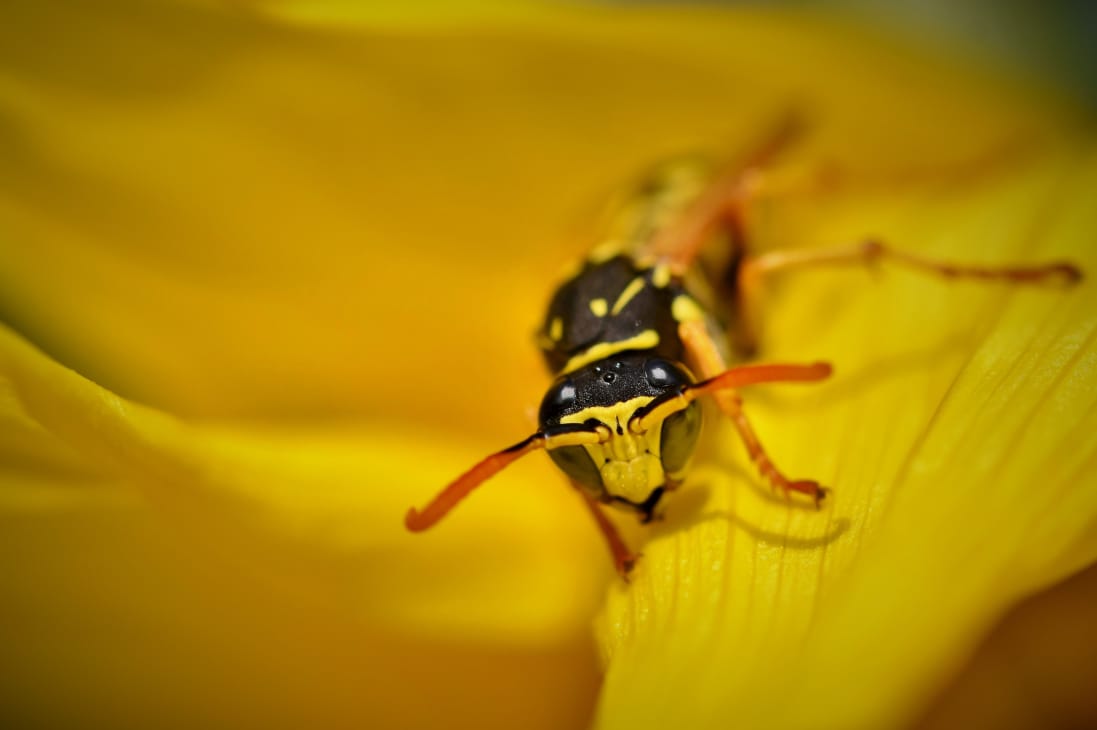
wasp venom
A modern parasitic cotesia wasp lays its eggs inside a caterpillar after giving it a paralyzing taste of its stinger. In this, the cotesia wasp behaves much like the Jurassic ancestors of all bees and wasps.
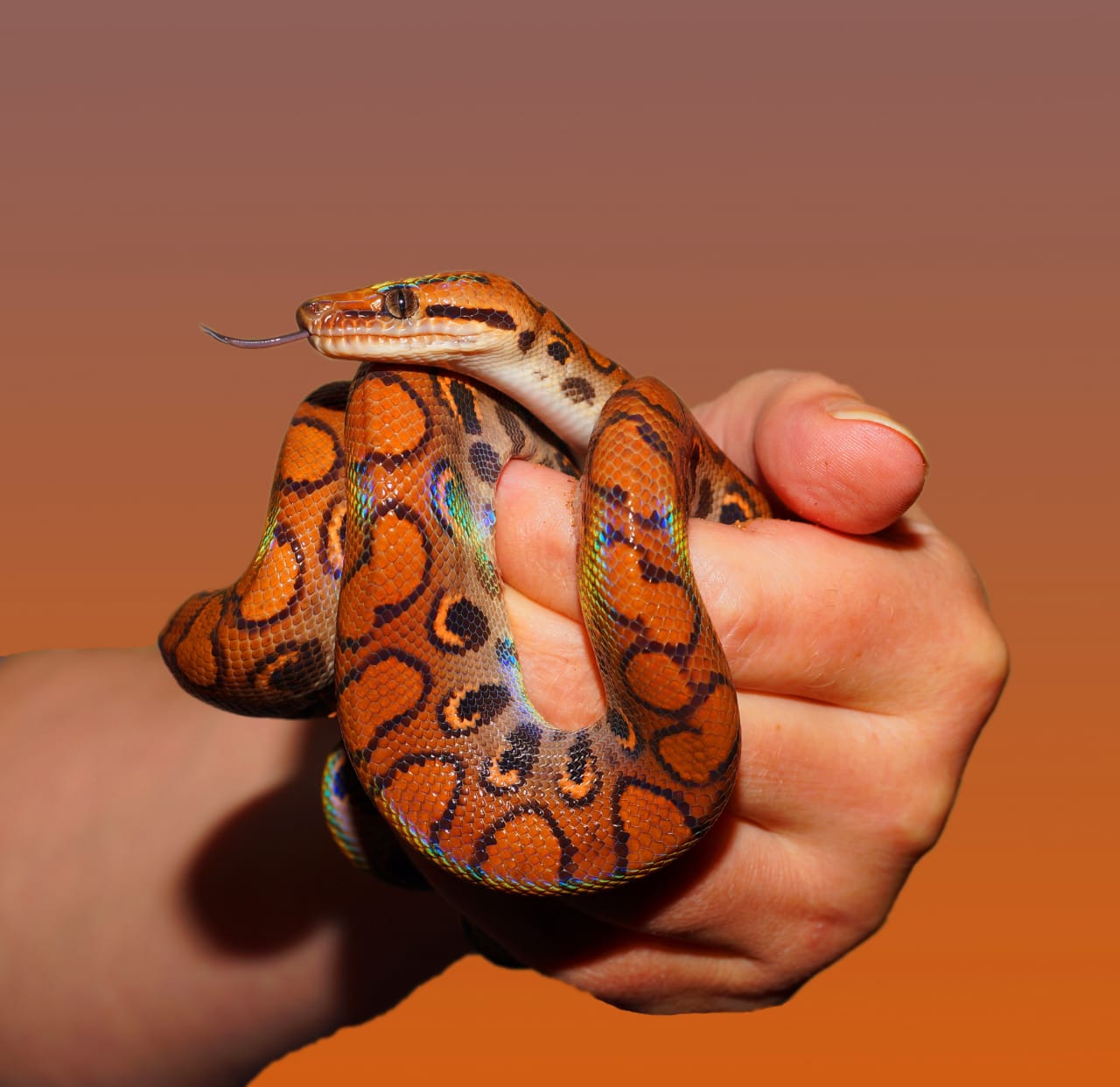
snake
Almost all snakes are covered in scales and as reptiles, they’re cold blooded and must regulate their body temperature externally. Scales serve several purposes: They trap moisture in arid .
Known for lurking off the coast of Darwin and northern Queensland,
the box jellyfish is one
of
the most potent stingers in Australia. It has been responsible
for 70 deaths in the country
and
takes victims by wrapping its 3m tentacles
around the unsuspecting prey. This translucent
marine
stinger is most prevalent during the summer
months and all recorded deaths have occurred
between
October and May.Venom is injected through small
receptors along the tentacles and so the
severity of the sting correlates to
the amount of the tentacle that touches the skin.
In
addition to being very painful, the venom attacks the muscles around the lungs and heart.
As a
result, paralysis of both these organs is the main cause of death in untreated cases.
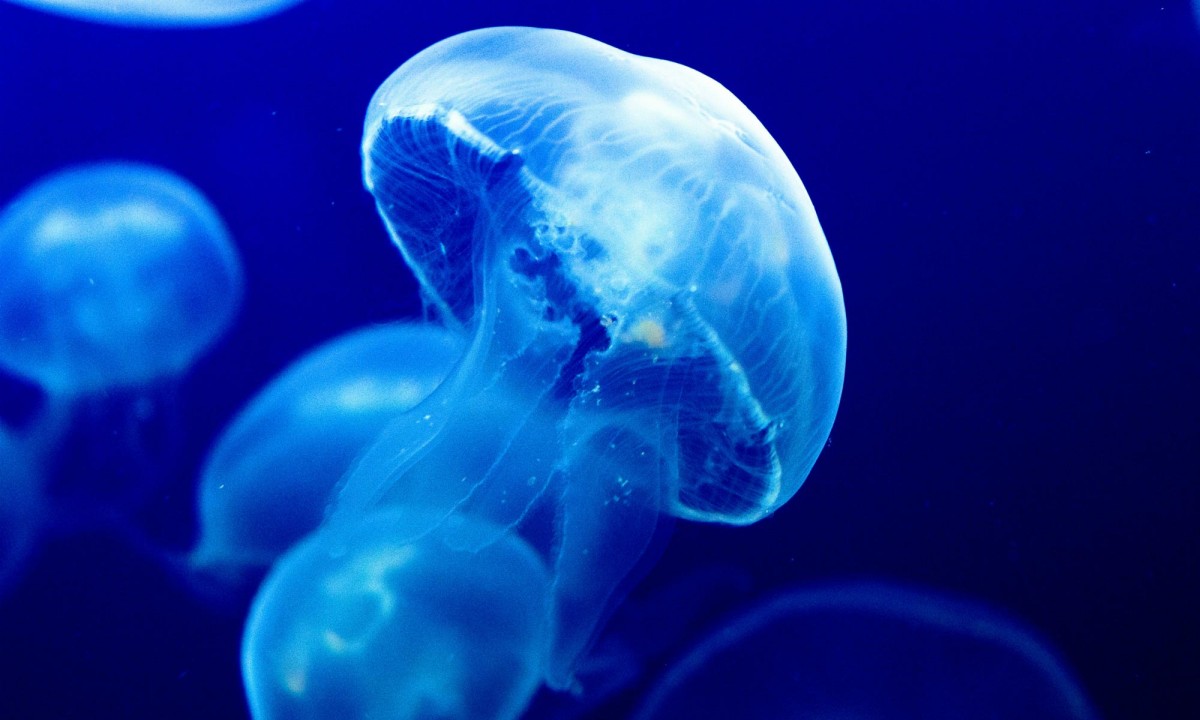
Located along the east coast of Australia, European wasps were discovered in Australia in 1959 in
Tasmania,
and by the late 1970s had migrated to the mainland.
Naturally dormant in the
European
winters,
these insects have a particularly long lifecycle in Australia because of
the
relatively
warm temperature.
They pack a serious sting when angered. Nesting underground and in the walls
of houses,
they have been known establish colonies of up to 100,000. Their sting, while painful,
is not deadly
unless the recipient is allergic to their venom.
In these cases,
hospitalisation
and fatalities are possible.
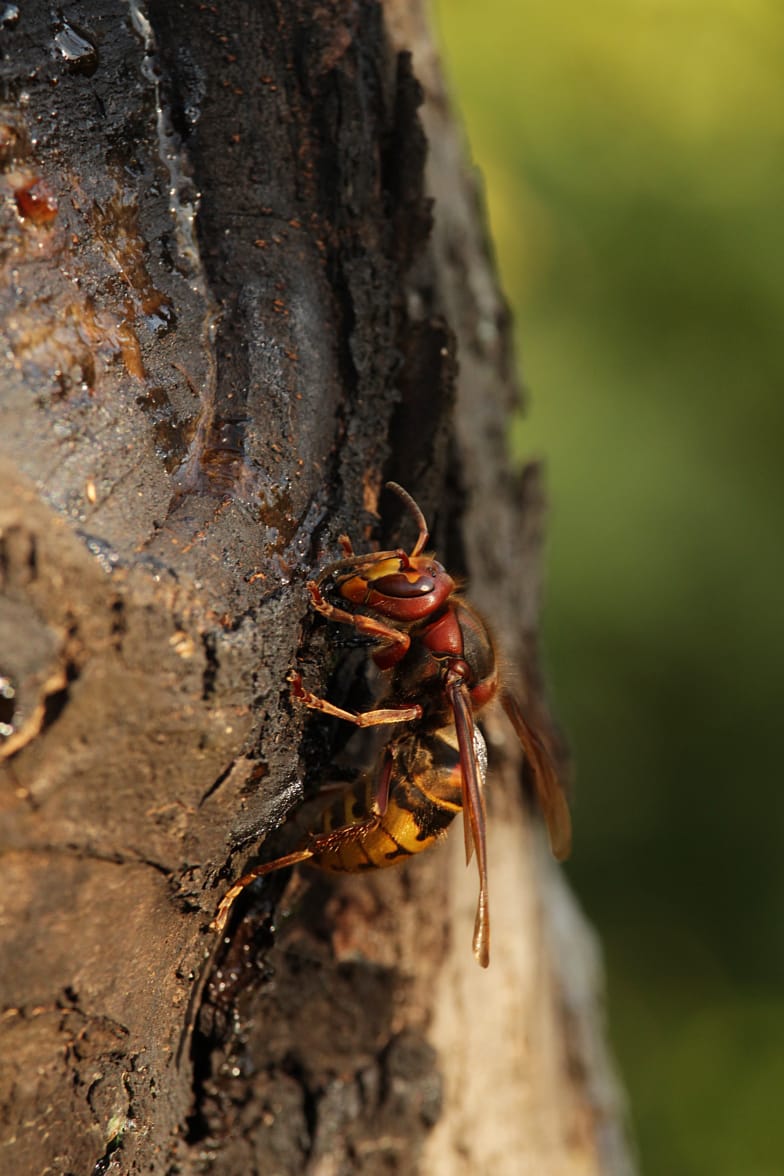
Located along the east coast of Australia, European wasps were discovered in Australia
in 1959 in
Tasmania, and by the late 1970s
had migrated to the mainland. Naturally dormant in the European
winters,
these insects have a particularly long lifecycle in Australia because of the relatively
warm temperature.
They pack a serious sting when angered.
Nesting underground and in the
walls
of houses, they have been known establish colonies of up to 100,000.
Their sting, while painful,
is not deadly unless the recipient is allergic to their venom. In these cases,
hospitalisation
and fatalities are possible.
